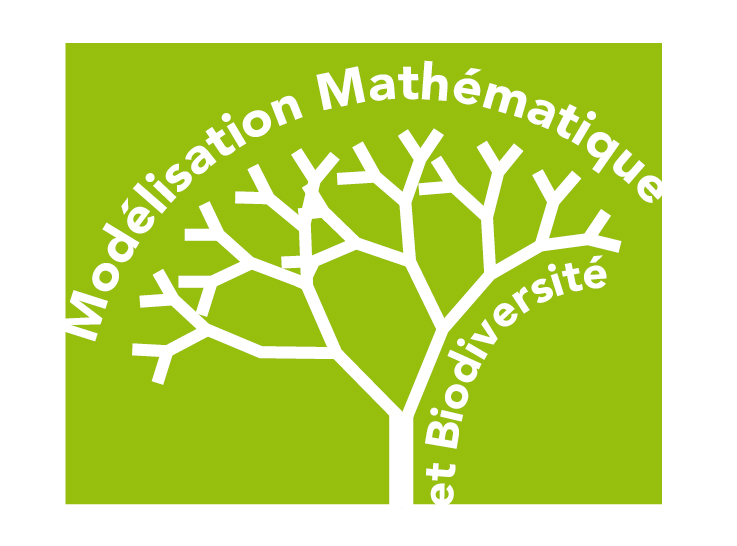Rencontre de la chaire
13 Octobre 2022 matin
Amphithéatre de la Grande Galerie de l'Evolution (Museum
National d'histoire Naturelle).
abstract: Despite predictions that self-fertilisation should
favour the purging or fixation of deleterious recessive
mutations, inbred populations often retain moderate to high
segregating load, resulting in higher than expected inbreeding
depression. True overdominance could generate balancing
selection strong enough to sustain inbreeding depression even
within inbred populations, but this is considered rare.
However, arrays of deleterious recessives linked in repulsion
could generate appreciable pseudo-overdominance that would
also sustain segregating load. Using simulations, we explore
whether POD can indeed be stable enough over time to explain
empirical observations of residual heterozygosity and
inbreeding depression in self-fertilising populations. This
work was carried out in collaboration with Donald Waller
(Univ. Wisconsin).
abstract: Nous commencerons par introduire le système SKT
(pour Shigesada, Kawasaki et Teramoto) proposé en 1979 pour
modéliser les phénomènes de ségrégation entre différentes
espèces. Nous tenterons ensuite de présenter les questions
mathématiques récentes qui se posent sur ce type de systèmes
ainsi que leurs interprétation du point de vue du modèle.
abstract : When a large number of networks is observed, we
may wish to identify groups of networks with similar topology.
This is a challenging task as networks are complex objects and
of varying size and thus difficult to compare. We propose a
statistical model-based approach to partition a collection of
observed networks into a finite number of homogeneous
clusters. This is done by a mixture of stochastic block
models. Moreover, we propose a greedy agglomerative algorithm
based on the integrated classification likelihood to perform
the clustering. While the method is a general approach for
clustering networks in any field of application, we present
results obtained for foodwebs. We illustrate that the method
provides relevant clusterings and that a hierarchy of the
clusters is automatically provided by the algorithm. In
addition, the estimated model parameters are highly
interpretable and useful in practice.


